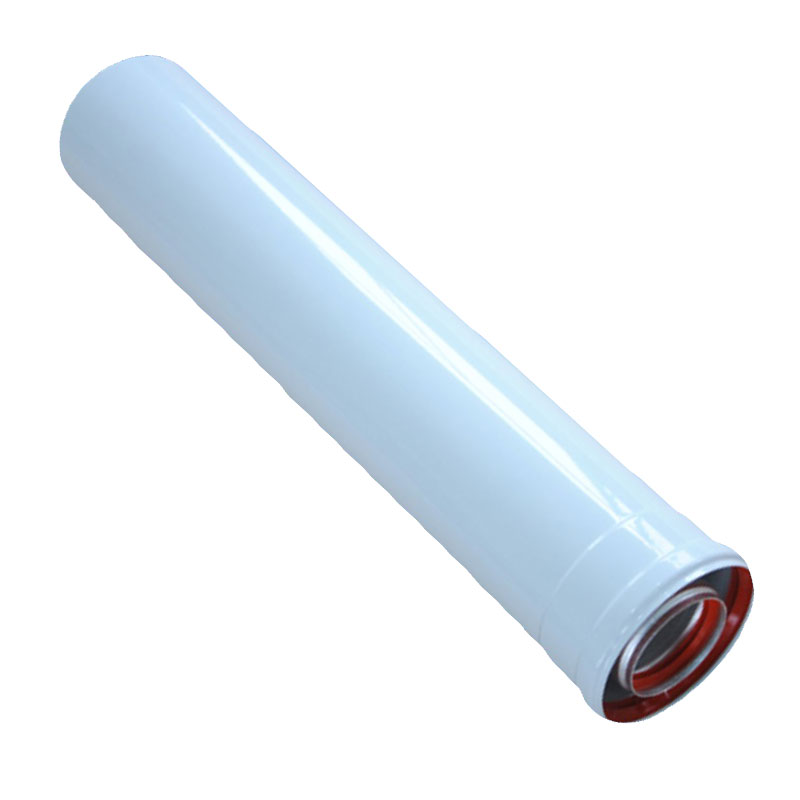Masonry chimney units cannot be easily added to many ex […]
Masonry chimney units cannot be easily added to many existing homes and are not practical in some new home designs. A prefabricated metal chimney unit may be the best choice for wood stoves or fireplaces in these homes.
Prefabricated chimneys are easier to erect than masonry units, and although materials cost more, total unit cost will be nearly the same. These units are relatively lightweight, need no heavy foundation and can often be installed through a closet or unused room corner in an existing home. Tests by the National Bureau of Standards indicate similar performance for prefabricated and masonry chimneys when used under similar circumstances.
Prefabricated chimneys used for wood stoves must bear the Underwriters Laboratory (UL) listed label and be designated as "all fuel" chimney units. UL-listed "vent" type units are not satisfactory for use with wood stoves.
There are two general types of prefabricated chimneys available. They are the insulated unit and the triple-walled unit. The insulated unit is constructed of inner and outer layers of metal (usually stainless steel) with the space between filled with one or more inches of non-combustible insulation. Triple-walled units have three layers of metal and are designed so that air circulates between the layers and removes excess heat. Either type is satisfactory as long as it is UL-listed.
Prefabricated chimneys are available in several sizes and a variety of accessories are available to accommodate different types of installation. There is a required 2-inch clearance between these units and combustible material, just as there is for masonry units.

(opens in new window)Smoky fires
Sometimes even properly constructed and operated stove-chimney combinations result in smoky fires. Each of the following items can cause smoky fires:
Chimney obstructions
Bird nests, fallen bricks and a variety of other objects have all been found in chimneys. Any object that restricts the smooth flow of exhaust gases can cause smoky fires. A good cleaning is the solution to this problem.
Lack of combustion air
Occasionally in a new, tightly constructed home or in a recently remodeled chimney unit, there will not be enough natural openings to supply air for the stove. This restricts the chimney draft and results in smoking. Opening a window slightly or providing some other source of outside air will usually eliminate this problem.
Occasional smoking can be caused by
Unusual wind direction resulting in abnormal eddy currents. If this is a persistent problem, extending chimney height or adding a cap may help
Burning green or wet wood or too cool a fire. These can prevent the chimney from warming up and developing full draft. If wet or green wood must be burned, wait until the fire is going well and then mix it with dry wood to keep chimney temperature up.